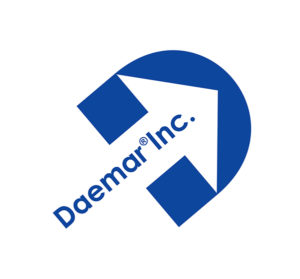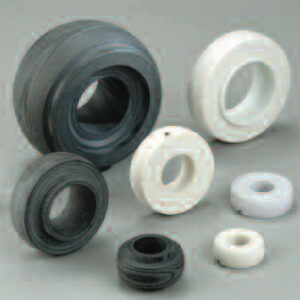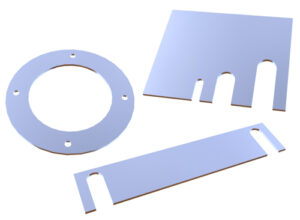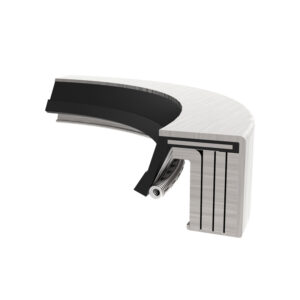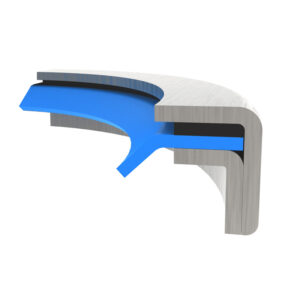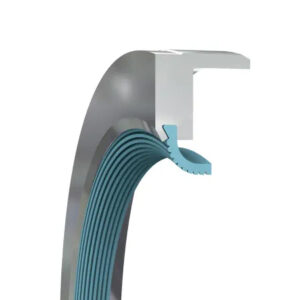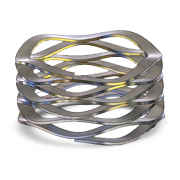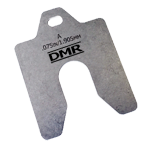Industrial innovation is moving along at a rapid and exciting pace, making the agricultural industry an excellent example of how technology can expand our limits and possibilities. Recent advancements in agriculture are changing farming methods and even the places where we farm. Some examples of new developments include indoor farming, rooftop farming, residential farming, and urban farming.
Indoor farming is an agricultural technique that takes place in indoor locations such as abandoned buildings, warehouses and even skyscrapers. To maximize space and output, many indoor farmers use vertical farming techniques – crops stacked on walls or shelves from floor to ceiling, taking advantage of glow lights, hydroponics, and aquaponic methods.
In addition to indoor farming, innovative thinkers have realized we can also make use of the space on top of buildings, referred to as rooftop farming. It may involve building a greenhouse on top of the structure or simply farming in the open air, either through traditional methods, hydroponics, aeroponics or other means.
The terms ‘residential farming’ and ‘urban farming’ refer to the location where these new farming methods are practiced. A home owner may decide to practice indoor farming inside their garage; vertical farming may provide a useful purpose for an empty city building; a restaurant owner may decide to grow fresh herbs on the roof of the building.
All of these possibilities expand where farming occurs, how it is done, and who can do it.
Daemar is proud to serve the agricultural industry as it embarks on these innovative pathways. Traditional farming is not going anywhere, but these new directions in agriculture may allow us to solve future problems involving yield size, pesticide use, and adapting to a growing urban population of consumers who want to know where their food is grown. Technology is expanding the limits of the agricultural industry, and we look forward to an exciting road ahead of us.
